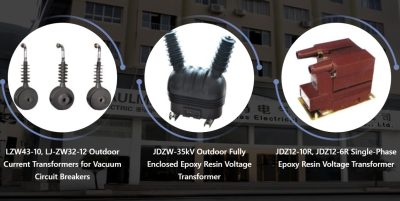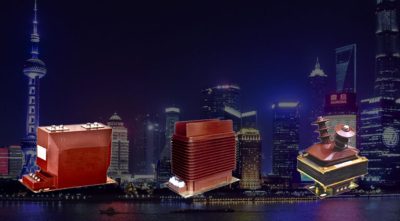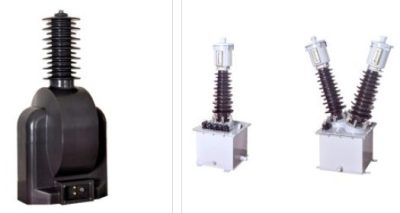-
Causes of 35KV Current Transformer Damage
In today’s world, electricity is essential in both production and daily life, making the power industry a crucial foundation for economic development. Various power equipment types are essential to ensuring…2025-03-20
-
Causes, and Solutions for Abnormal Heating in 10KV Current Transformers
In power systems, 10KV current transformers (CTs) are commonly used, available in both indoor and outdoor models to suit various operational conditions. Typically, these transformers perform reliably with few issues.…2025-03-08
-
Analysis and Troubleshooting of Common Issues with Current Transformers
Abstract To ensure the safe and economical operation of power systems, it is essential to monitor and measure the operating status of electrical equipment. For safety, measuring and protection devices are indirectly connected to the system via current transformers (CTs). This article analyzes common issues encountered with current transformers in power systems, identifies their causes,…
2025-03-03 -
Fault Handling Considerations for Current and Voltage Transformers
When faults occur in current transformers (CTs) and voltage transformers (VTs), the following considerations must be taken into account to ensure safety and system stability: Voltage Transformer Fault Handling Considerations If a voltage transformer shows abnormal symptoms such as unusual noise, smoke, or oil leakage, it is critical to take proper precautions. In cases where…
2025-02-24 -
Instrument Transformer Fault Handling: A Technical Guide
Fault Confirmation and Initial Diagnosis Use precision testing instruments (e.g., digital multimeter, clamp meter) to measure output current, error, and temperature rise to confirm the fault. Check for short circuits or open circuits, particularly in both high and low voltage sides. Test the voltage output against the rated values to identify potential issues such as…
2025-02-23 -
3 Voltage Transformer Faults and Solutions: Ensuring Accurate Measurement and Protection
Introduction Voltage transformers play a vital role in power systems by transforming line voltages to levels suitable for measurement and protection. These transformers, like any electrical equipment, are susceptible to faults in both their primary and secondary circuits, voltage transformer faults can severely affect the entire system. Accurate fault diagnosis and effective solutions are essential…
2025-02-22


